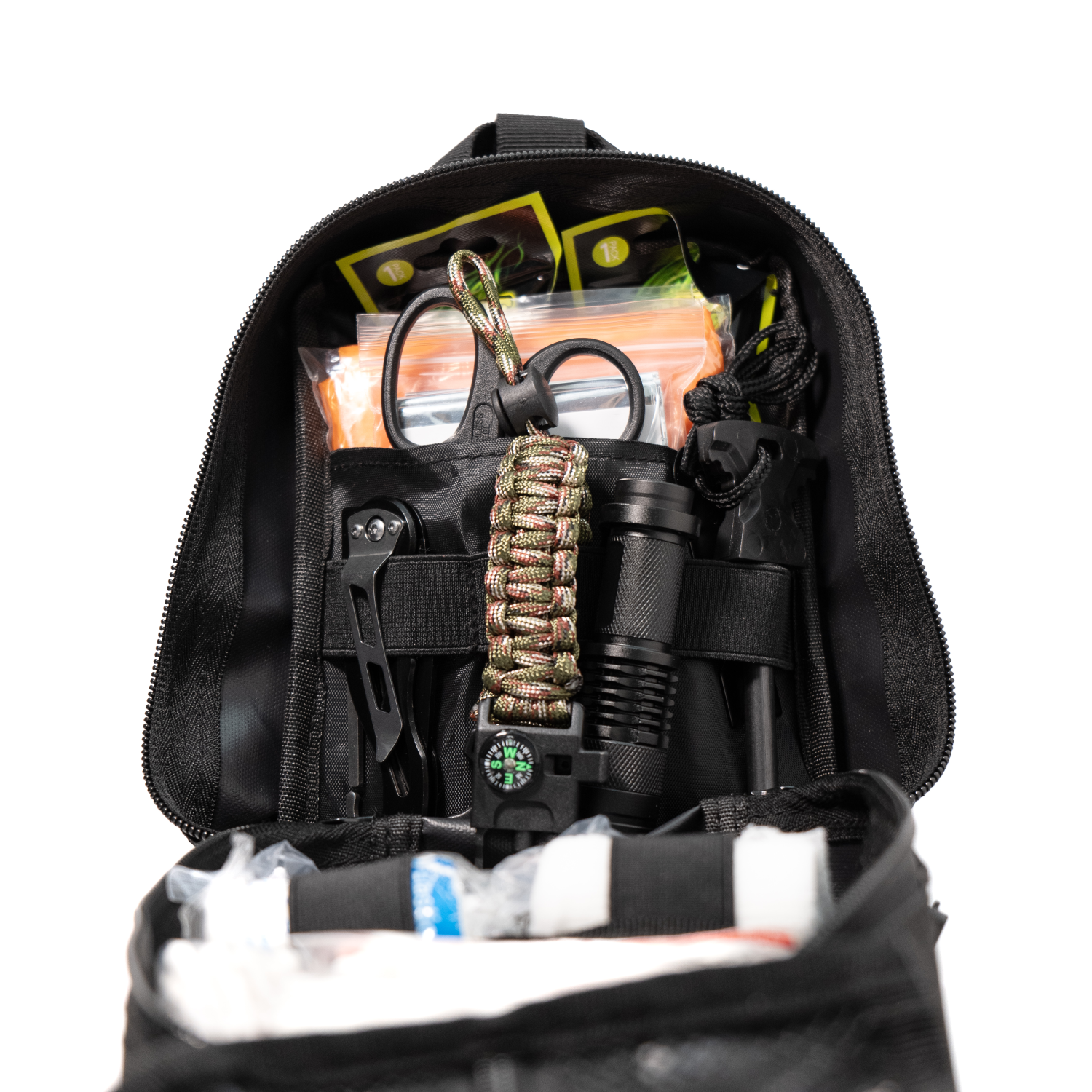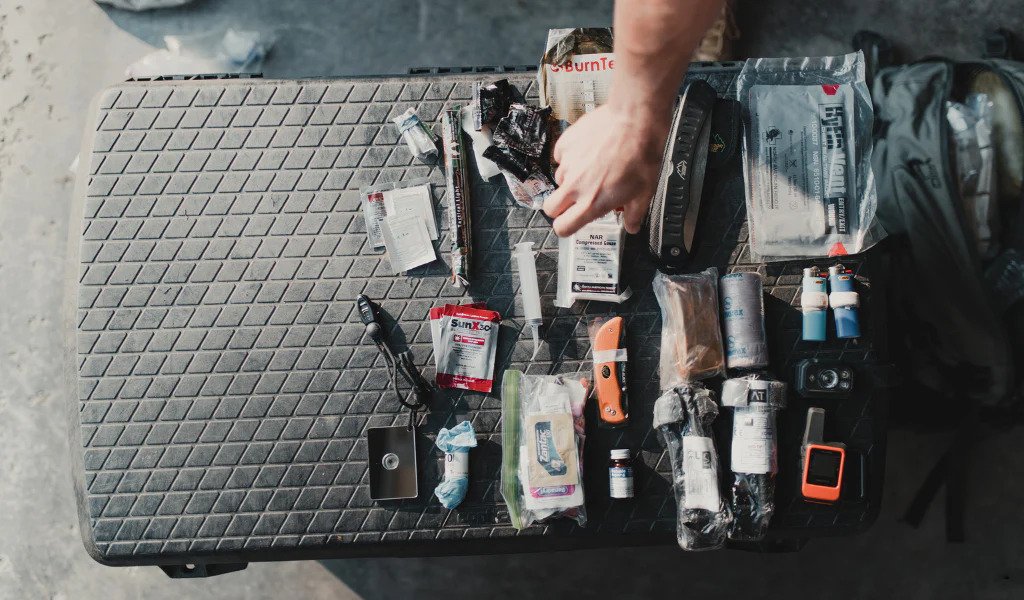Survival Skills
Jun 28, 2024 | by N Johansson
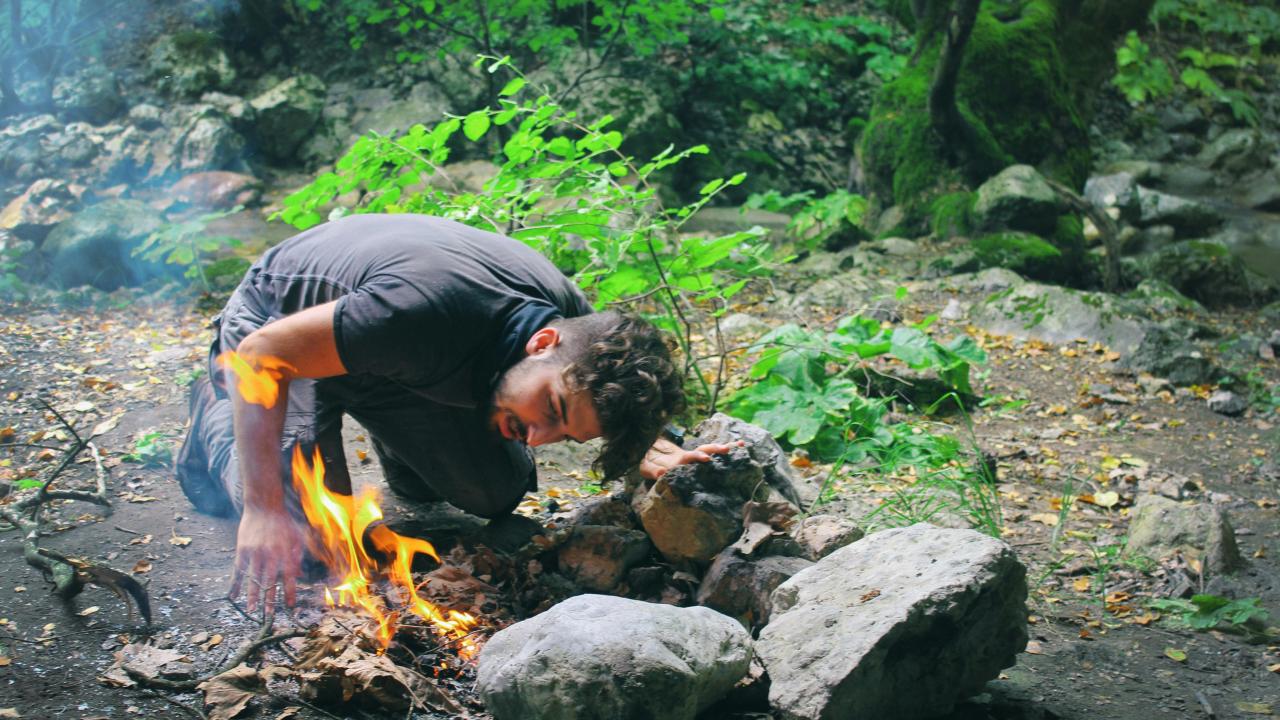
Ultimate Guide to Essential Survival Skills: First Aid, Navigation, and Shelter Building
Introduction
Bolstering Your Wilderness Readiness: Imagine embarking on a thrilling wilderness adventure, only for the unexpected to turn your excitement into anxiety—a sudden sprained ankle far from help, losing your path as twilight descends, or a wild storm leaving you exposed. Such emergencies are frequent for those who embrace the great outdoors.
Understanding the Stakes: Without adequate knowledge, these challenges can swiftly evolve into life-or-death situations, transforming an exhilarating escapade into a nightmarish ordeal. Panic can creep in as urgency mounts, and the decisions you make become critical to your safety and survival.
Equipping Yourself: The good news is that possessing essential survival skills can make a significant difference between minor setbacks and disastrous outcomes. This comprehensive guide delivers crucial tips on First Aid, Navigation, and Shelter Building. Arm yourself with this knowledge to enhance your preparedness and confidently tackle unexpected scenarios in your adventure. Let's dive in and make sure that wherever your adventures lead, you're equipped to handle any emergency with confidence and calm.
First Aid Basics and Beyond
Understanding First Aid and Its Indispensability
Emergencies, by their nature, strike without warning. The ability to react swiftly and effectively with first-aid techniques can save lives, curtail recovery times, and forestall minor injuries from escalating into severe ones.
CPR: A Lifesaving Skill
Understanding CPR: Cardiopulmonary resuscitation (CPR) is an invaluable lifesaving procedure used when someone's breathing or heartbeat has ceased. It's especially crucial in emergencies such as drowning incidents, heart attacks, or cardiac arrests.
Steps to Perform CPR:
- Assess the Scene: Ensure safety for both you and the victim.
- Call for Help: Dial emergency services immediately.
- Correct Hand Placement: Place the heel of one hand on the center of the person's chest, place the other hand on top, and interlock your fingers.
- Effective Chest Compressions: Push hard and fast—2 inches deep at 100 to 120 compressions per minute.
- Incorporate Rescue Breaths (if trained): Administer two rescue breaths after every 30 compressions.
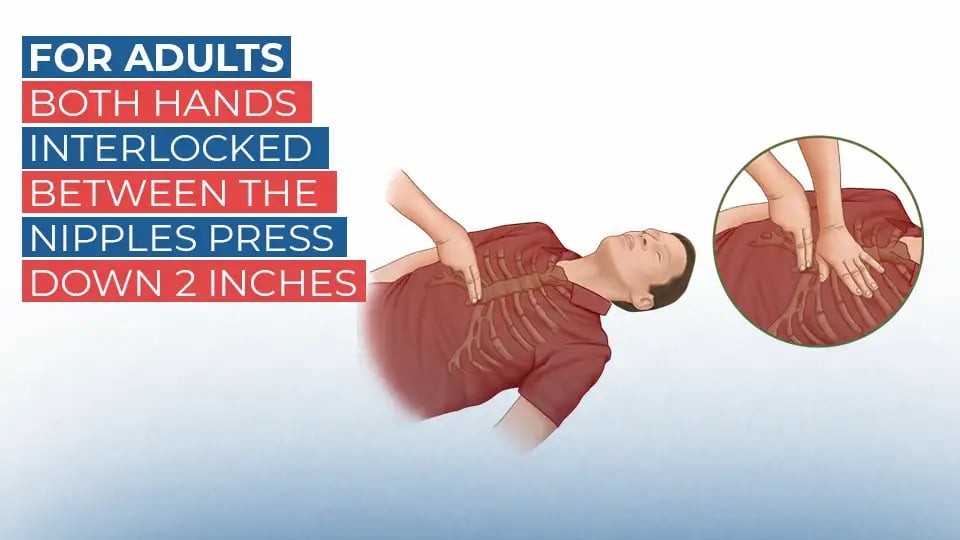
Real-Life Application:
Imagine you're hiking with friends; a person in your group suddenly collapses from a cardiac arrest. Armed with these CPR steps, you can immediately take action to save their life.
Wound Care: Proper Initial Response
Types of Wounds: Identifying wounds such as cuts, abrasions, and punctures allows you to administer the appropriate initial care, minimizing infection risks and preventing further trauma.
Step-by-Step Wound Care:
- Sanitize Your Hands: Prevents introducing new bacteria to the wound.
- Clean the Wound: Use clean water to wash out dirt and debris.
- Apply Antibiotic Ointment: Reduce infection risk and promote healing.
- Bandaging: Use a sterile bandage to cover the wound.
Essential First-Aid Kit Items:
- Antiseptic wipes
- Gauze pads
- Adhesive bandages
- Medical tape
- Antibiotic ointment
Real-Life Example:
Consider cutting your hand with a knife while setting up camp. Prompt wound care can thwart infection, speeding up recovery.
Recognizing Infections: Signs and Actions
Common Infection Indicators:
- Redness surrounding the wound
- Swelling and heat emanating from the area
- Presence of pus
Preventative Practices:
- Clean the wound thoroughly right away
- Regularly change dressings
- Keep the wound dry and clean
Treatment Options:
Over-the-counter antibiotics, wound elevation, and professional medical advice if symptoms persist.
Navigation and Signaling for Help
Introduction to Navigation: Staying on Course
Getting lost is a prevalent concern in the great outdoors. Equipped with navigation and emergency signaling knowledge, you can safely find your way home.
Mastering the Compass
Understanding a Compass: A compass is a navigational tool that aligns with Earth's magnetic field, guiding direction.
Using a Compass Effectively:
- Correct Holding: Keep the compass flat in your hand.
- Aligning the Needle: Turn the dial until the red end of the magnetic needle aligns with the arrow.
- Following Directions: Move in the direction the compass indicates.
Expert Tip:
Always carry a backup compass and routinely verify readings to avoid disorientation.
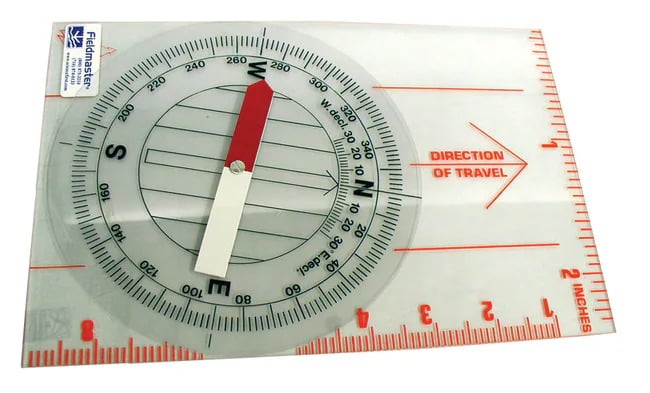
Deciphering Maps
Map Types: Discover the uses of topographic maps, trail maps, and road maps, each designed for specific circumstances.
Basic Map Reading Skills:
- Legend: Decipher map symbols.
- Scale: Convert distances on the map to actual distances.
- Contour Lines: Understand elevation changes via contour lines.
Common Missteps:
Miscalculating contour lines can drastically mislead your perception of the terrain.
Emergency Signaling Techniques
Signaling for Assistance:
Various Methods:
- Smoke Signals: Generate three columns of smoke.
- Mirrors: Reflect sunlight to attract attention.
- Flares: Effective when rescuers are nearby.
Innovative Signaling:
Utilize large SOS formations with rocks, lights, or a fire to enhance visibility.
Scenario: Imagine being lost in a dense forest; locating an open area and creating sizable visible signs can significantly heighten your chances of rescue.
Shelter Building Techniques
The Art of Shelter Building: Vital for Survival
Shelters offer protection against adverse weather and predators, crucial for maintaining your body temperature and survival in the wild.
Constructing Natural Shelters
Natural Shelter Types:
- Lean-To: Simple shelters using branches and leaves.
- Debris Hut: Insulate with leaves and branches for warmth.
Construction Steps:
- Choosing a Location: Favor higher ground to avoid flooding, close to resources like water and firewood but avoid potential hazards.
- Material Gathering: Collect sufficient branches, leaves, and debris.
- Building the Framework: Construct and cover with natural materials.
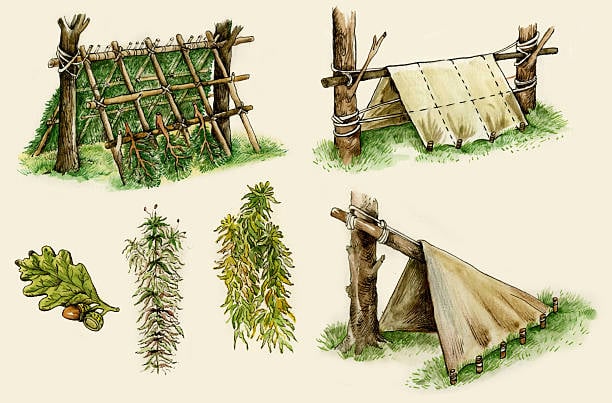
Effective Uses of Tarps and Tents
Material Selection: Opt for lightweight, waterproof materials to ensure protection and portability.
Tarp Setup Guide:
- Secure to Trees/Poles: Employ ropes or ties to anchor the tarp.
- Slope Arrangement: Ensure the tarp is angled to drain off water.
- Reinforcement Tactics: Utilize natural elements to stabilize your shelter.
Tent Setup Guide:
- Level Ground Selection: Find even surface for tent setup.
- Pole Assembly: Arrange tent poles and attach fabric.
- Securing the Tent: Utilize pegs to firmly anchor the tent.
Weather Consideration:
Orient the entrance away from wind direction to protect from exposure.
Conclusion
Summary Recap: This guide has delved into the essentials of survival skills, including first aid, navigation, and shelter building to ensure your readiness for outdoor adventures.
Motivation: Regularly practice these vital skills to bolster your confidence and precision, ensuring you can handle any situation the wilderness presents.
Call to Action: Share this invaluable guide with fellow adventurers, subscribe for more survival tips, and share your experiences and advice in the comments.
Next on the Horizon:
Prepare for an in-depth look at advanced survival techniques and insights from seasoned experts in our upcoming content. Stay tuned!
Read more about Survival Skills

